The Center invites HED science researchers to deliver presentations as part of our weekly seminar series for LLNL staff, postdocs, and interns.
All presentations are the work of the speakers and owned by their respective institutions. We thank the speakers for permission to post their work here. To watch featured seminars, please visit the Livermore Lab Events YouTube channel.
If you are interested in delivering a seminar, we invite you to contact Federica Coppari, seminar series chair, at coppari1 [at] llnl.gov (coppari1[at]llnl[dot]gov)
Marianna Safronova
University of Delaware
This seminar provides a ...
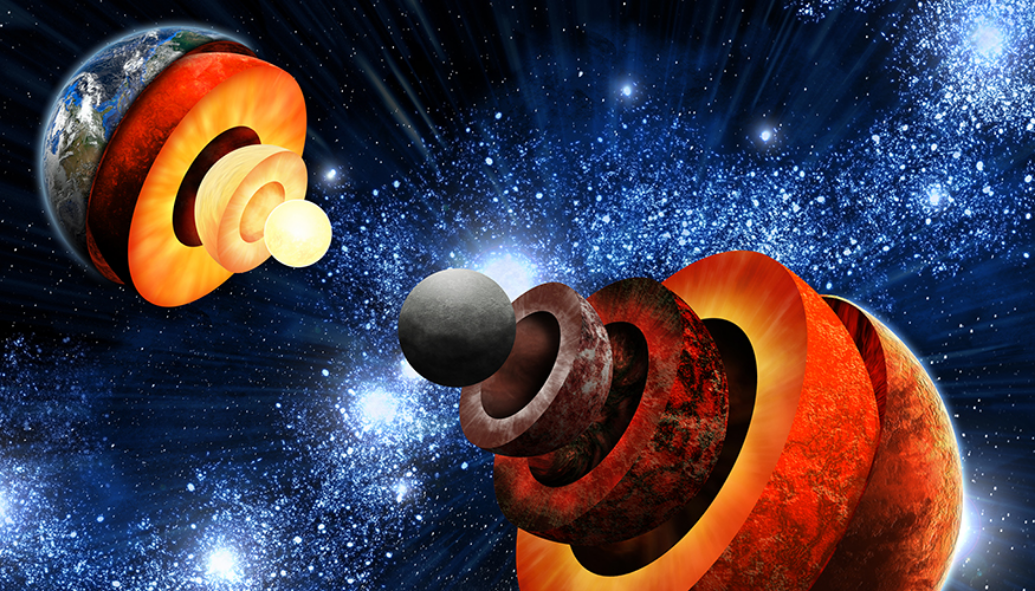
Marianna Safronova
University of Delaware
This seminar provides a detailed discussion of current and future efforts aimed at dark matter detection enabled by laser technologies. Particular focus is on "light-shining-through-walls" experiments using resonant laser power build-up in large-scale optical cavities and on experiments using optical clocks with ultrastable lasers to search for a broad class of ultralight dark matter.
Petros Tzeferacos
University of Chicago
This seminar provides a de...
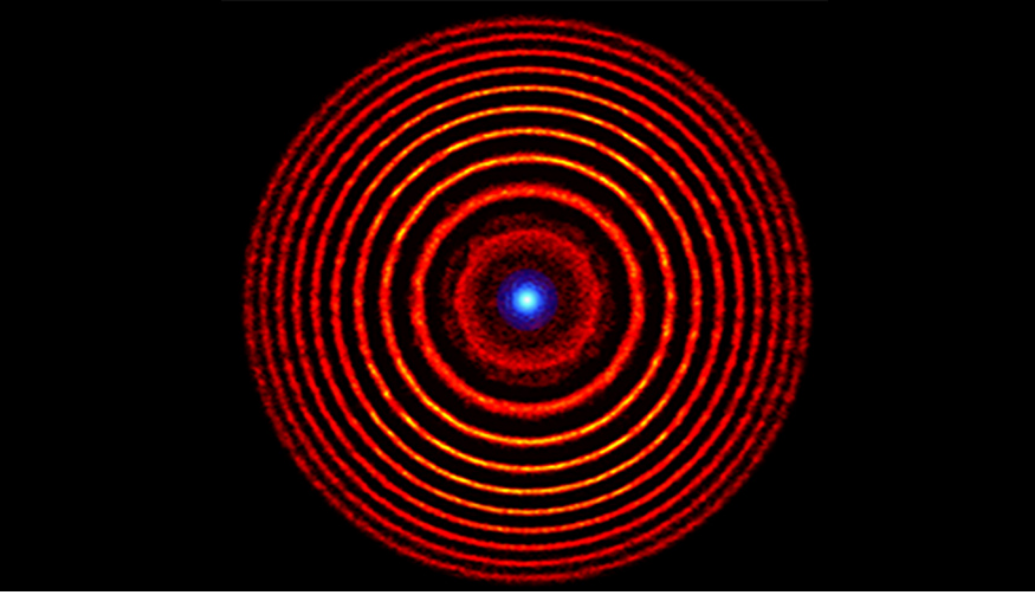
Petros Tzeferacos
University of Chicago
This seminar provides a detailed discussion of the simulations, design, results, and interpretations of a series of high-power laser experiments conducted at Omega and NIF to study the dynamo amplification of magnetic fields. The properties of the fluid and the magnetic field turbulence are characterized using a comprehensive suite of plasma and magnetic field diagnostics. Large-scale 3D simulations were conducted to design and interpret the experiments using the radiation-MHD code FLASH on Mira at Argonne National Laboratory. Further discussion covers the results of the experiments which indicate that magnetic Reynolds numbers above the expected dynamo threshold are achieved and seed magnetic fields and are amplified by turbulent dynamo.
Carla Frohlich
North Carolina State University
This seminar provid...

Carla Frohlich
North Carolina State University
This seminar provides detailed discussions on research and simulation results using the PUSH method to better predict nucleosynthesis during core-collapse supernovae and to explore the fate of hyper-massive stars during pair-instability supernovae that may result in a superluminous transient. The PUSH method is a computationally efficient method that allows explosions to be induced in otherwise non-exploding, spherically symmetric models. Results from the first pair-instability supernova simulations performed in 3D are also presented.
Robert Byer
Stanford University
This seminar details the progress ...

Robert Byer
Stanford University
This seminar details the progress of the Moore Foundation funded ACHIP collaboration to demonstrate a laser-driven accelerator on a chip. To date the collaboration has demonstrated greater than 800 MeV/meter gradient in a fused silica grating structure and has demonstrated the first accelerators based on silicon. The collaboration continues to make progress toward a 100 MHz repetition-rate accelerator with attosecond electron bunches to enable applications in science and medicine.
Edison Liang
Rice University
This seminar reviews two recent advan...

Edison Liang
Rice University
This seminar reviews two recent advances in the study of high-energy astrophysical phenomena using lasers. Discussion focuses on experiments using the OMEGA laser to form a ring pattern irradiating a flat target to launch well-collimated supersonic jets with MG imbedded helical magnetic fields and on experiments using the Texas Petawatt and Trident lasers to irradiate high-Z solid targets to create dense gamma-ray and electron-positron jets similar to those found in cosmic gamma-ray bursts. Further discussion covers the experiment results and their agreements with simulation predictions, future experiments on the microphysics of cosmic gamma-ray bursts, and the potential fundamental physics and technological applications of dense gamma-ray and positron sources.
Chris McGuffey
University of California, San Diego
This seminar de...

Chris McGuffey
University of California, San Diego
This seminar describes experimental methods for delivering intense proton beams to heat a secondary target and showcases simulations that investigate intensity-dependent transport phenomena in warm targets. In existing kilojoule, petawatt-class lasers, the proton beams have picoseconds duration, can be focused to <100 microns, and also have sufficient energy to be the pump in innovative experiments such as isochoric heating to warm (>100 eV) dense matter states. Beams with double-digit MeV particle energy can be produced that have orders of magnitude more charge than conventional accelerator facilities.
Scott Baalrud
University of Iowa
This seminar discusses recent advances that have extended plasma kinetic theory to address ion transport in dense plasm...
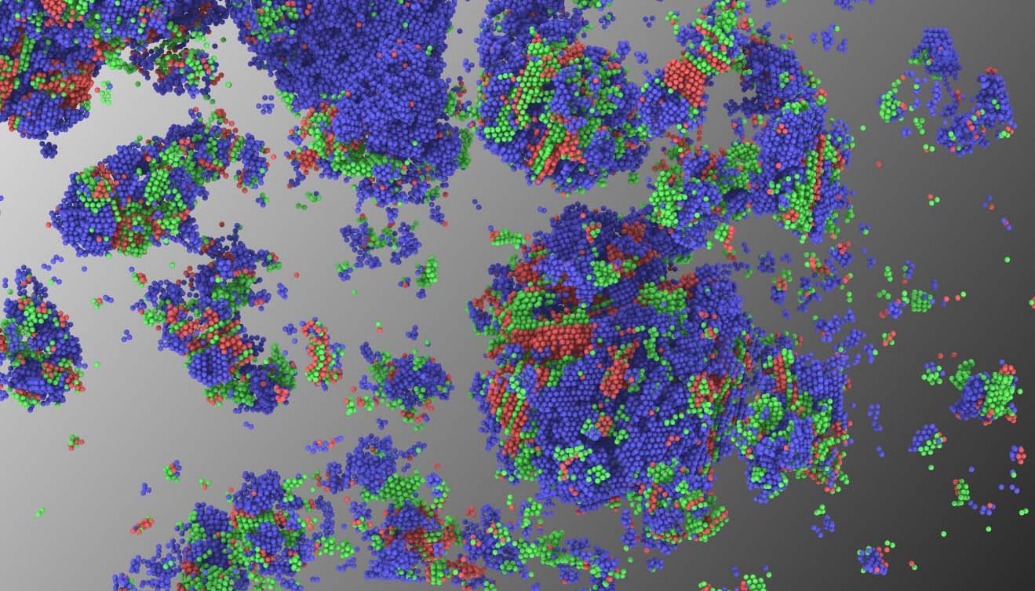
Scott Baalrud
University of Iowa
This seminar discusses recent advances that have extended plasma kinetic theory to address ion transport in dense plasmas, where ions are moderate to strongly coupled and electrons are Fermi degenerate. First principles numerical techniques are the primary method used to calculate the transport properties of warm and hot dense matter, but they are often too computationally expensive to provide the data input required for hydrodynamic simulations of experiments that traverse a wide range of density, temperature, and material composition. Results are compared with state-of-the-art orbital-free density functional theory computations, revealing that the theory is accurate from high temperature through the warm dense matter regime, breaking down when the system exhibits liquid-like behaviors. Recent results addressing the influence of strong magnetic fields are also discussed.
Roberto Mancini
University of Nevada, Reno
Atomic physics impacts ...
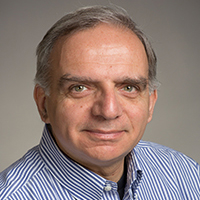
Roberto Mancini
University of Nevada, Reno
Atomic physics impacts emission and absorption of radiation in plasmas as well as energy deposition and transport, playing a key role in both modeling and diagnosis of plasmas. Inertial confinement fusion x-ray spectroscopy relies on collisional-radiative atomic kinetics, detailed Stark-broadened spectral line shapes, spectroscopic quality radiation transport, and advanced data analysis techniques. The seminar will discuss the analysis of spatially averaged and resolved plasma conditions in implosion cores, the state of the unablated compressed shell, the migration of shell tracer into the core, and the application of multi-objective data analysis driven by a Pareto genetic algorithm. In laboratory photoionized plasma experiments performed at the Z Machine, a gas-cell filled with neon was irradiated with a burst of x-ray flux emitted by a wire-array z-pinch. We modeled the spectral distribution of the x-ray drive impinging on the gas-cell, Boltzmann electron kinetics to study photoelectron thermalization and the electron distribution function, and radiation-hydrodynamic simulations with inline collisional-radiative atomic kinetics. To compute electron temperatures consistent with observation, the details of the photon-energy distribution of the drive, x-ray attenuation through the cell’s window, and collisional-radiative atomic kinetics coupled to the x-ray flux need to be taken into account. Opportunities for research collaboration in theory and modeling as well as data interpretation and analysis will be emphasized.
Richard Dendy
Warwick University
The central physics objective of ...
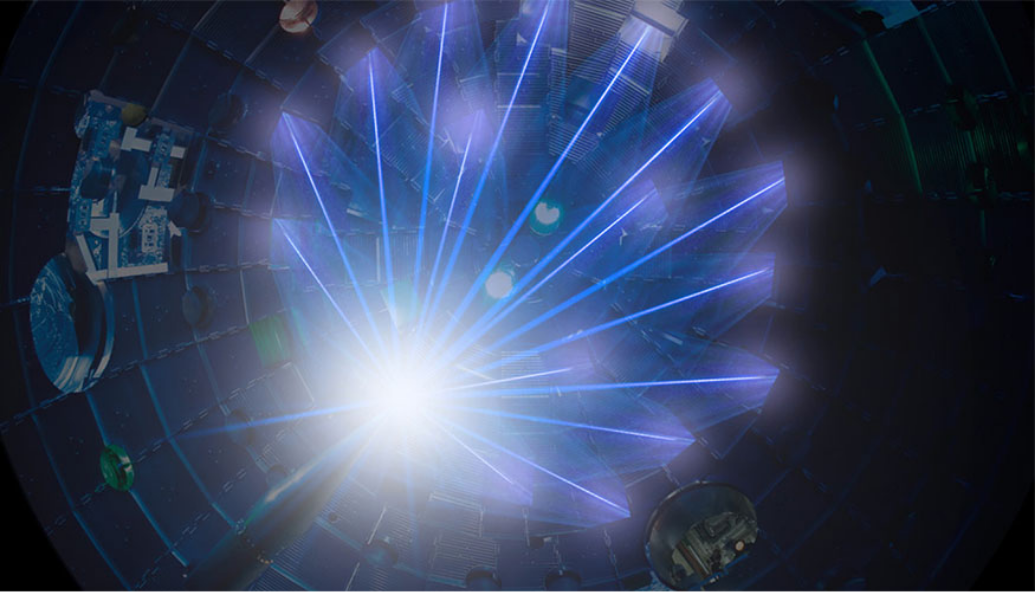
Richard Dendy
Warwick University
The central physics objective of fusion research is to confine fusion-born ions long enough for their energy to keep the plasma hot. Measuring the properties of these ion populations was a standing challenge for deuterium-tritium plasmas in the Joint European Torus (JET) and the Tokamak Fusion Test Reactor (TFTR) and remains so for ITER. Fortunately, there is an initially unexpected, but widespread, tendency for spatially localized inversions in the velocity distribution of fusion-born ions to arise naturally in large Magnetic Confinement Fusion (MCF) plasmas. The associated free energy is released in the form of intense (orders of magnitude times black-body) spectrally structured radiation: ion cyclotron emission (ICE). Understanding the fast (a few ion gyroperiods) collective relaxation process whereby ICE is generated is essential for the exploitation of ICE as a diagnostic for fusion-born ion populations. Progress has been good, but intermittent: it includes pioneering analytical predictions by Soviet scientists in the 1970s; extended analytical studies in parallel with JET and TFTR D-T experiments in the 1990s; and direct numerical simulation using particle in cell/hybrid codes at present. The dearth of D-T MCF plasma experiments for ICE studies since 1998 has been relieved by abstruse energetic ion populations in contemporary Korean and Japanese experiments: fusion-born protons in Korea Superconducting Tokamak Advanced Research (KSTAR) deuterium plasmas and sub-Alfvénic neutral beam ions in the Large Helical Device (LHD). These relax by generating ICE in interesting yet explicable ways in the presence of superb modern diagnostics. Operating ICE “in reverse” could channel alpha-particle energy to the core of the plasma.
Ronald Redmer
University of Rostock
The behavior of warm dense mat...
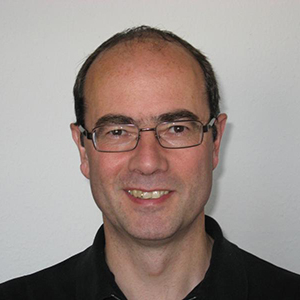
Ronald Redmer
University of Rostock
The behavior of warm dense matter (pressures up to the TPa region and temperatures up to several eV) is of paramount importance for understanding the interiors, evolution, and magnetic fields of solar and extrasolar planets. While the light elements H and He are the main components of gas giants such as Jupiter, mixtures of C-N-O-H are relevant for Neptune-like planets, and minerals of the MgO-FeO-SiO2 complex are the building blocks of rocky planets (Earth and super-Earths). However, the high-pressure phase diagram of these elements and mixtures is not well known, particularly the slope of the melting curve. Furthermore, insulator-to-metal transitions and phase separation may occur in warm dense matter. These high-pressure phenomena have a strong impact on interior, evolution, and dynamo models for planets, and constitute a major challenge to high-pressure, plasma, and computational physics.
Molecular dynamics simulations based on finite-temperature density functional theory are used to predict the equation of state, the high-pressure phase diagram, and the transport properties of warm dense matter for a wide range of densities and temperatures typical for the interior of planets. These data are benchmarked against diamond-anvil-cell and shock-wave experiments and then applied to construct interior and evolution models for solar and extrasolar planets.
Frank Graziani
Lawrence Livermore National Laboratory
The High Ene...

Frank Graziani
Lawrence Livermore National Laboratory
The High Energy Density Science Center (HEDSC) was established in late 2015 through a joint agreement between the Physical and Life Sciences, Weapons and Complex Integration, and NIF and Photon Science Directorates. The Center’s goal is to build a high energy density community through support of, and collaboration with, academic partners and integrating those efforts with the programs at Lawrence Livermore National Laboratory (LLNL). The Center is built around four focus areas: (1) education, (2) workshops and seminars, (3) workforce pipeline to the programs, and (4) enabling research collaborations between LLNL and academic partners. In this talk, we will present the current activities of the Center, including the interactions with the University of California, San Diego through the University of California Office of the President award and recent results from the strategic planning process.
Goetz Lehmann
Institute for Theoretical Physics, Heinrich Heine University

Goetz Lehmann
Institute for Theoretical Physics, Heinrich Heine University
In the last decade, the increasing availability of terawatt- and petawatt-class lasers with pulse durations on the order of 10 to 100 femtoseconds has intensified interest in the relativistic interaction between laser radiation and matter. Today laser intensities up to 1022 W/cm2 can be achieved. Most high-intensity lasers today rely on amplification schemes that can barely be scaled to higher power levels due to material damage thresholds. An alternative approach that allows circumventing these issues is the use of plasma as an amplification medium. In the presentation, Prof. Lehmann discusses Brillouin-type plasma-based laser amplifiers and show that the ion plasma waves, driven by the two laser pulses, eventually form photonic crystals.
Dirk Gericke
University of Warwick
High-energy-density matter (HED...
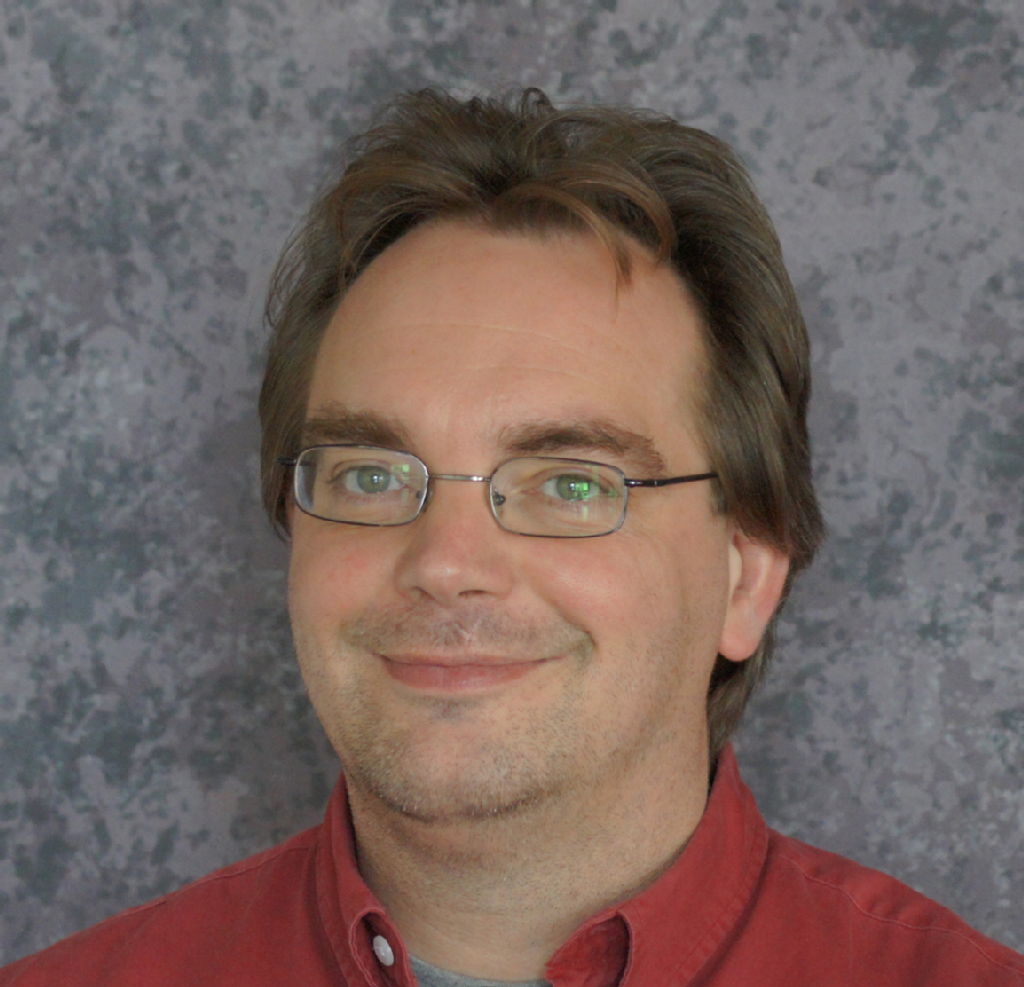
Dirk Gericke
University of Warwick
High-energy-density matter (HEDM) in the laboratory is usually created in states far from equilibrium as the large energy input needed for ionization and heating drives particles into specific states and distributes the energy unevenly between the species. The pathways to equilibrium, or at least the relaxation times, are therefore very important for interpreting most experiments. This talk will review the different stages of the equilibration process that span the time scales from femtoseconds, for establishing an equilibrium distribution for the electrons, to nanoseconds, for material rearrangements. Special focus is given to the effects of strong interactions inherent to HEDM. Finally, the nonequilibrium physics discussed is applied to a number of recent experiments.
Franklin Dollar
University of California, Irvine
Intense laser-pla...

Franklin Dollar
University of California, Irvine
Intense laser-plasma interactions are a robust source of radiation pertinent for investigating matter in extreme conditions, as evidenced by the Matter in Extreme Conditions beamline at the SLAC National Accelerator Laboratory and the Advanced Radiographic Capability beamline at NIF. Experiments showcasing the use of short-pulse lasers to create bright soft x-rays with circular helicity, white-light spectrum radiation suitable for near-edge x-ray absorption fine structure radiography, and radiography using high-energy electrons will be presented. Dynamic measurements of nano-plasmas will also be presented.
Emily Carter
Princeton University
Quantum mechanics–derived comput...

Emily Carter
Princeton University
Quantum mechanics–derived computer simulations can provide insights into the survivability of first-wall and divertor materials in prototype magnetic confinement fusion reactors. I present results of research aimed at assessing how hydrogen isotopes interact with solid tungsten and liquid lithium, candidates for plasma-facing components of fusion reactors. The research utilizes both standard Kohn-Sham density functional theory (KS-DFT) as well as orbital-free (OF) DFT. Over the last two decades, my research group has advanced the latter theory in terms of accuracy and efficiency. Our open-source code PROFESS exhibits quasilinear scaling with a small prefactor, rendering it orders of magnitude faster than KSDFT, thereby enabling significantly larger system-size (static and dynamic) simulations. The method also now works on leadership-class petascale computers (Titan at ORNL). However, OFDFT relies on kinetic energy density functionals, which at this point are still only as accurate as KSDFT for main group semiconductors and metals. Ongoing work aims to alleviate this problem, which ultimately should extend OFDFT to the rest of the periodic table.
Michael Zingale
Stony Brook University
The seminar will describe o...
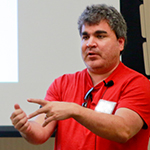
Michael Zingale
Stony Brook University
The seminar will describe ongoing simulations of Type Ia supernovae and x-ray bursts. Type Ia supernovae are the brightest thermonuclear explosions in the present-day universe and are important for nucleosynthesis and measuring distances in cosmology. To date, however, there is no consensus on what the pre-explosion system looks like. The popular progenitor models, along with their strengths and weaknesses, will be discussed, along with the work being done to understand them. X-ray bursts provide a different set of challenges to the modeler, but ultimately, they can help us understand the nuclear equation of state. Stony Brook’s simulations use the publicly available adaptive mesh refinement codes Castro and Maestro, built on the AMReX library. Maestro models subsonic stellar flows, while Castro focuses on highly compressible flows. These codes share the same microphysics (reaction networks, equations of state) and parallelization strategy. In addition to the science results, the development of these codes for next generation architectures, including GPU-based supercomputers, will be discussed.
Warren Mori
University of California, Los Angeles
Exaflop (1018 fl...

Warren Mori
University of California, Los Angeles
Exaflop (1018 flop) computers are on the horizon. These computers are complex and expensive instruments that require significant preparation in developing software and analysis methods to use effectively. They have the potential to dramatically advance the rate of scientific discovery. Two areas where petaflop computers are impacting plasma physics research are plasma-based acceleration and the nonlinear optics of plasmas, both of which are part what is called high-energy-density (HED) plasma physics. In plasma-based acceleration, electrons or positrons surf plasma wave wakes excited by petawatt lasers or particle beams at rates in excess of 50 GeV/m (three orders of magnitude higher than current accelerator technology). At the National Ignition Facility (NIF), the fuel is to be compressed to hundreds of gigabars of pressure, causing ignition. It is essential that the laser energy hit and be absorbed into x rays where it is aimed for such compression to be achieved.
Pisin Chen
National Taiwan University
The question of whether Hawk...

Pisin Chen
National Taiwan University
The question of whether Hawking evaporation violates unitarity, and therefore results in the loss of information, remains unresolved since Hawking's seminal discovery in 1974. So far, the investigations remain mostly theoretical, as it is almost impossible to resolve this paradox through direct astrophysical black-hole observations. The seminar will describe how relativistic plasma mirrors can be accelerated drastically and stopped abruptly by impinging ultra-intense x-ray pulses on solid plasma targets with a density gradient. This is analogous to the late-time evolution of black hole Hawking evaporation. An experimental concept will be proposed, and a self-consistent set of physical parameters is presented. Critical issues such as black hole unitarity may be addressed through the measurement of the entanglement between the Hawking radiation and partner modes.
Farhat Beg
University of California, San Diego
The fast ignition (...

Farhat Beg
University of California, San Diego
The fast ignition (FI) concept for inertial confinement fusion (ICF) has the potential to provide a significant advance in the technical attractiveness of inertial fusion energy. In FI, compression of the fuel to high density and heating are achieved in separate processes. Similar to conventional ICF, a number of long-pulse lasers compress a shell to create a high-density fuel plasma. The requirements on the symmetry of the target are less stringent in FI compared to conventional ICF due to the external heating source. In addition, higher gain is expected with the FI scheme because more fuel mass can be burned with less compression energy. This scheme involves some of the most challenging and complex physics of laser-matter interactions and energetic particle transport in varying density plasmas. In recent experiments and modeling, critical issues pertinent to electron source, transport through plasma, and target design have been identified. Experimental and integrated modeling provided detailed characterization of these issues and enabled validated measurements of total coupling of the laser energy to the compressed core.
Siegfried Glenzer
SLAC National Accelerator Laboratory
At the SLAC...

Siegfried Glenzer
SLAC National Accelerator Laboratory
At the SLAC National Accelerator Laboratory, we have developed powerful ultrafast pump-probe techniques to measure the structural transformations and the physical properties of matter in extreme conditions. We apply enormous pressures to our samples using high-power laser irradiation followed by x-ray laser pulses from the Linac Coherent Light Source to take split-second photographs of the states that result. This seminar describes our experiments that visualize compression, solid-solid phase transitions, and the formation of warm dense matter. These experiments deliver data of unprecedented accuracy that allow critical experimental tests of theory in the challenging near-Fermi degenerate regimes or in the non-ideal plasma state. Recently, we complemented our x-ray probing capability with high-energy electron diffraction techniques to investigate isochorically laser-heated matter. This data set holds surprises; our results do not support previous claims about bond hardening in warm dense matter and resolve previously undetermined melting regime boundaries.
Sarah Stewart
University of California, Davis
The giant impact hyp...
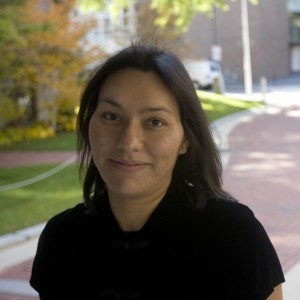
Sarah Stewart
University of California, Davis
The giant impact hypothesis remains the leading theory for lunar origin. However, current models struggle to explain the Moon’s composition and isotopic similarity with Earth. Here we present a new lunar origin model. High-energy, high-angular momentum giant impacts can create a post-impact structure that exceeds the corotation limit (CoRoL), which defines the hottest thermal state and angular momentum possible for a corotating body. In a typical post-CoRoL body, traditional definitions of mantle, atmosphere and disk are not appropriate, and the body forms a new type of planetary structure, named a synestia. Using simulations of cooling synestias combined with dynamic, thermodynamic, and geochemical calculations, we show that satellite formation from a synestia can produce the main features of our Moon. The key to lunar origin is understanding the high energy density state of the Earth after a giant impact.
Toshiki Tajima
University of California, Irvine
It is well establi...

Toshiki Tajima
University of California, Irvine
It is well established that an intense optical laser pulse can drive coherent and stable wakefields that can accelerate electrons to high energies in plasmas. The recent inventions of thin film compression of lasers and its associated relativistic compression can lead to the generation of a single-cycled optical laser pulse and its relativistically compressed single-cycled x-ray laser pulse. This introduces the possibility of an x-ray, laser-driven wakefield in materials at a solid density. We suggested nanoholed material as a possible medium. The nanoholed channel allows well collimated wakefields and avoids unnecessary collisions for the accelerated beam. Further, a corrugated nanochannel could result in wakefield-driven gamma-ray sources. Because the accelerating media in nanomaterials are now in a solid (rather than in a gas), it is easy to design the structure, although rastering over many holes may be necessary. Such precision design should further allow us to pick up ions, such as by the phase velocity gradation; or the single-cycled property of the laser could make ion acceleration more coherent.
Burkhard Militzer
University of California, Berkeley
The propertie...
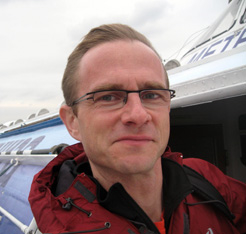
Burkhard Militzer
University of California, Berkeley
The properties of materials at extreme pressure and temperature conditions are important in astrophysics and fusion science. When models for Jupiter’s interior are constructed to match gravity data from the NASA mission Juno, an accurate knowledge of the equation of state of hydrogen–helium mixtures is essential. Modern dynamic high-pressure experiments typically probe megabar and gigabar pressures. In order to provide a comprehensive theoretical description of materials at such extreme conditions, results from path integral Monte Carlo simulations will be presented. Equation of state results for first-row elements including carbon, CH plastic, oxygen, water, nitrogen, and neon were derived with restricted path calculations that relied on free-particle nodes. Shock Hugoniot curves were computed and compared with experimental results. The talk will describe how bound states can be incorporated efficiently into the nodal structure, which enables the simulation of heavier elements, including sodium and silicon.
Kieron Burke
University of California, Irvine
In the past decade o...

Kieron Burke
University of California, Irvine
In the past decade or so, quantum molecular dynamics—simulations of classical ions coupled to density functional theory (DFT) calculations for electrons—have provided unprecedented quantitative agreement between simulation and measurement for warm dense matter and tremendous insight into equilibrium and near-equilibrium processes. Routine calculations use modern density functional approximations that neglect thermal many-body effects. The talk will summarize recent efforts to generalize much ground-state DFT methodology to calculations at finite temperatures.




